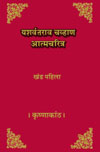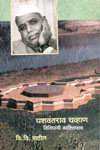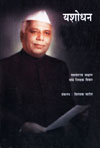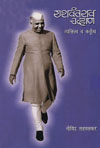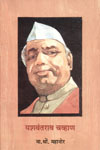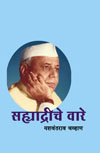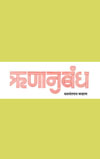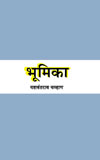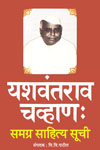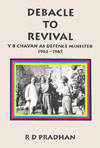The fourth question is of physical fitness of our troops. It is axiomatic that an unacclimatised army cannot he as fit as one which is. The enquiry has revealed that, despite this our troops both officers and men stood the rigours of the climate, although most of them were rushed at short notices from plains. Thus, in brief, troops were physically fit in every way for their normal tasks, but they were not acclimatised to fight at the heights at which some of them were asked to make a stand. Where acclimatisation had taken place, such as in Ladakh, the height factor presented on difficulty. Among some middle age group officers, there had been deterioration in standards of physical Fitness. This is a matter which is being rectified. The physical fitness among junior officers was good and is now even better.
The fifth point in the Terms of Reference was about the capacity of the Commanders at all level during these operations to influence the men under their Command. By and large, it has been found that the general standard amongst the junior officers was fair. At Unit level there were good and mediocre Commanding Officers. The proportion of good Commanding Officers and not so good was perhaps the same as obtained in any army in the last World War. At Brigade level but for the odd exception, Commanders were able to adequately exercise their Command. It was at higher levels that shortcomings became more apparent. It was also revealed that some of the higher Commanders did not depend enough on the initiative of the lower Commanders, who alone could have the requisite knowledge of the terrain and local conditions of troops under them.
Apart from these Terms of References, the enquiry went into some other important aspects pertaining to the operations and I would like to inform to the House about this also. This relates to the following three aspects.
( i) our intelligence;
(ii) our Staff Work and procedures; and
(iii) our “ Higher Direction of Operations.”
As regards our system and organisation of intelligence, it would obviously not he proper for me to disclose any details. However, it is known that in the Army Headquarters, there is a Directorate of Intelligence under an Officer designated as Director of Military Intelligence, briefly known as DMI.
The Enquiry has brought out that the collation of intelligence in general was not satisfactory. The acquisition of intelligence was slow and the reporting of it vague.
Second important aspect of intelligence is its collation and evaluation. Admittedly, because of the vague nature of intelligence evaluation may not have been accurate. Thus a clear picture of the Chinese build-up was not made available. No attempt was made to link up the new enemy build-up with the old deployment. Thus field formation had little guidance whether there were fresh troops or old ones moving to new locations.
The third aspect is dissemination of intelligence. It has come out that much faster means must be employed to send out processed and important information to field formations, if it is to be of any use.
There is no doubt that a major overhauling of the intelligence system is required. A great deal has been done during the last six months. The overhauling of the intelligence system is a complex and lengthy task and in view of its vital importance, I am paying personal attention to this.

